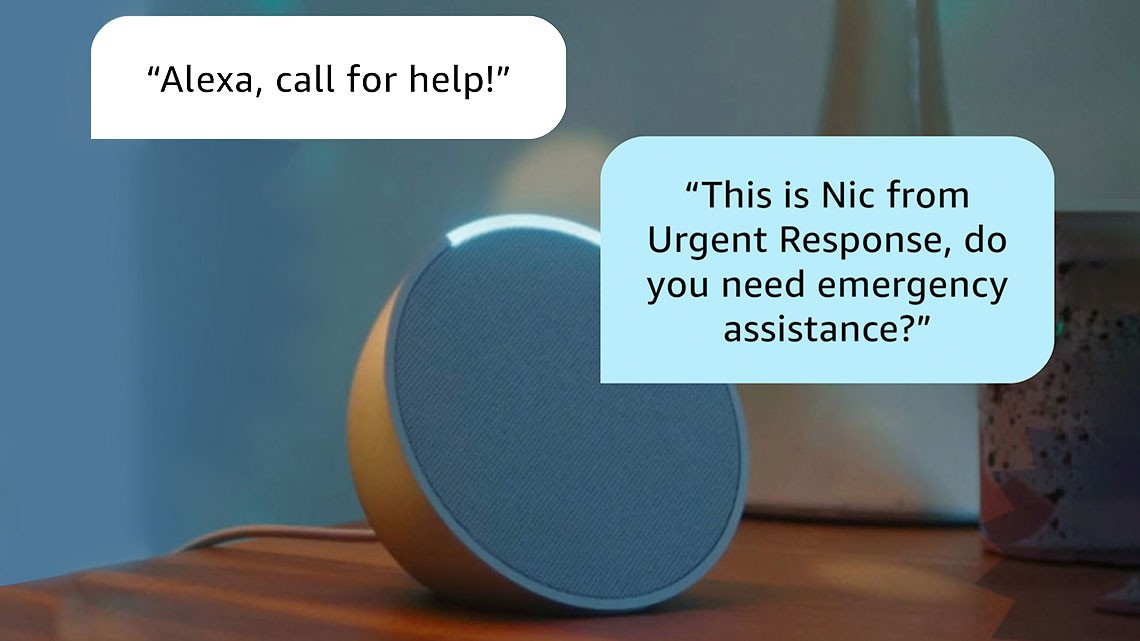Staying Fit


In this story
What is respite care • Available care • Paying for care • Finding care
If you care for a loved one with health problems, dementia or disabilities, you could probably use some breaks to manage your own health and personal business, or just to get time to yourself. Health professionals call that “respite.”
But chances are, you aren’t getting the respite you’d like. While nearly 4 in 10 family caregivers want respite services, just 14 percent receive them, according to “Respite Services: A Critical Support for Family Caregivers,” a 2024 report from the AARP Public Policy Institute.
That gap comes with a price, says Jason Resendez, president and CEO of the National Alliance for Caregiving. “Caregiving has consequences,” he says. Caregiver surveys show that “the levels of emotional distress that caregivers experience is really high.” Many caregivers say their health has suffered, and more than one-third say their finances have, says Resendez.
“Respite may not be a silver bullet,” but it can help, he notes.


AARP Membership— $12 for your first year when you sign up for Automatic Renewal
Get instant access to members-only products and hundreds of discounts, a free second membership, and a subscription to AARP the Magazine.
Some programs and policies have improved access to respite care in recent years, says Heather Young, an associate director of the Family Caregiving Institute at the University of California, Davis. But both Resendez and Young say that families often don’t know about the help available.
So here’s what you need to know.
What type of respite care is available?
Some services come to your home to provide you with a few hours’ respite, while others can take your loved one for a few hours a day, an occasional overnight or longer.
1. Volunteers. Whether it’s a family member, a neighbor or friend, or a volunteer from a faith group or service organization, this kind of help can be welcome — and free. But it has limits, Young says. You or your loved one might not be comfortable with a volunteer you’ve never met. And it can be difficult to find people capable of handling the needs of someone with advanced dementia or other intense challenges. “I hear a lot of caregivers saying that that’s not really the best option for them,” she says.
2. Home aides. A home health aide, hired directly or through an agency, can be scheduled regularly to help with dressing, bathing, toileting and eating. It costs a median of $33 an hour, or as much as $6,292 per month, according to Genworth’s Cost of Care Survey 2023. An aide, or companion, who cooks, cleans and runs errands costs slightly less. Typically, aides won’t come for fewer than four hours a day, Young cautions.
3. Adult day programs. Basic adult day care programs offer supervised activities such as meals, snacks and some assistance for several hours a day outside the home. These programs can be a great social outlet for people who don’t need frequent hands-on nursing care, Young says.
For people with more intense needs, such as those with advanced dementia or complex medical routines, there are adult day health programs that, for a higher fee, can provide skilled nursing care and services like speech and occupational therapy. The daily median cost of adult day health programs is $95, according to Genworth. Young says programs with health services generally cost twice as much as basic programs. Unfortunately, day health programs aren’t available in every community.
















































































More on caregiving
Dementia Caregiver's Guide: Tips for Unique Challenges
The latest research on dementia, plus tips for caregivers to keep your loved ones safe and happy
How to Avoid Caregiver Burnout
Learn how to spot warning signs and manage caregiver stressHow to Cope With Guilt After a Loved One Enters a Nursing Home
Look at the big picture to help understand and ease conflicted emotions